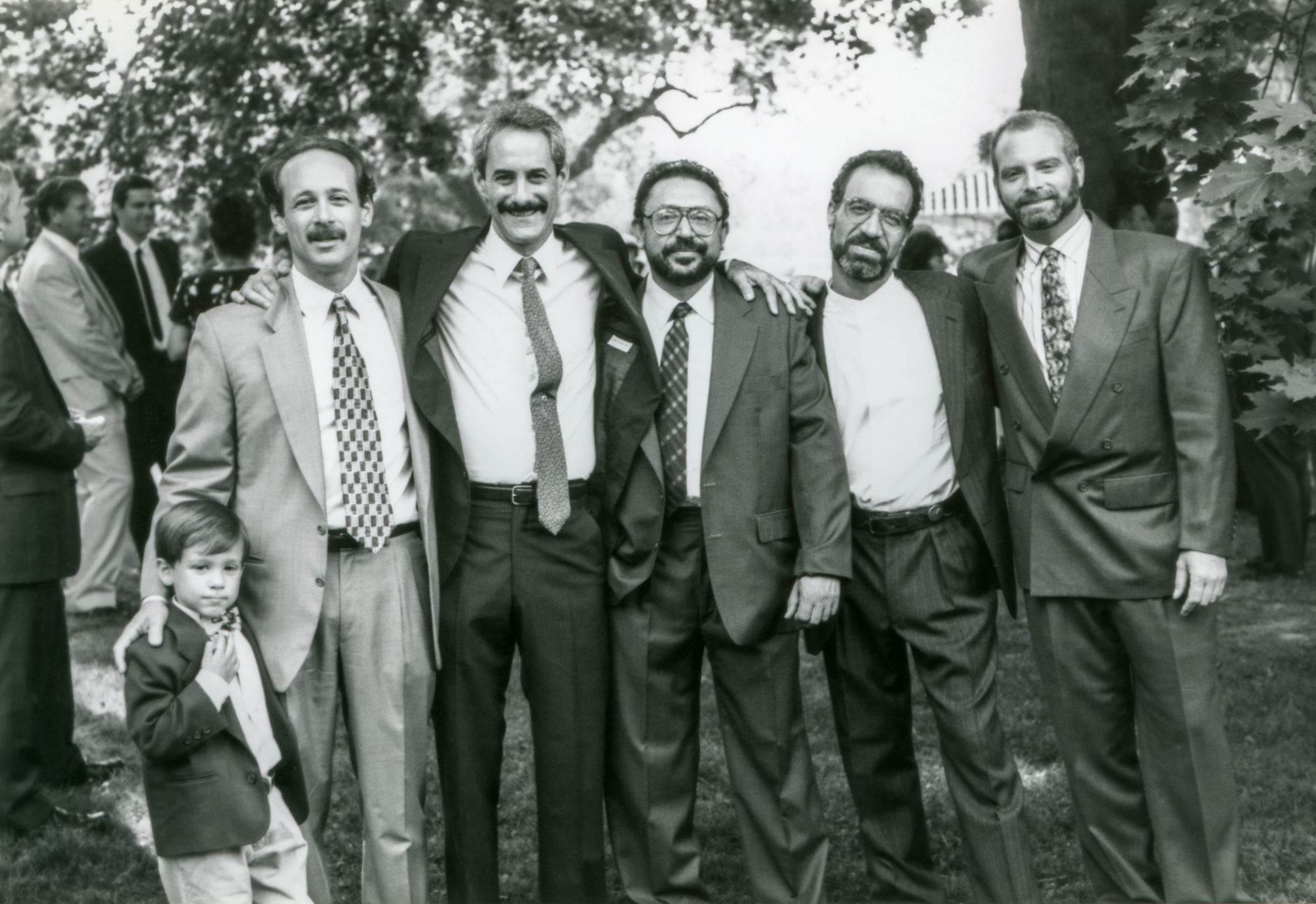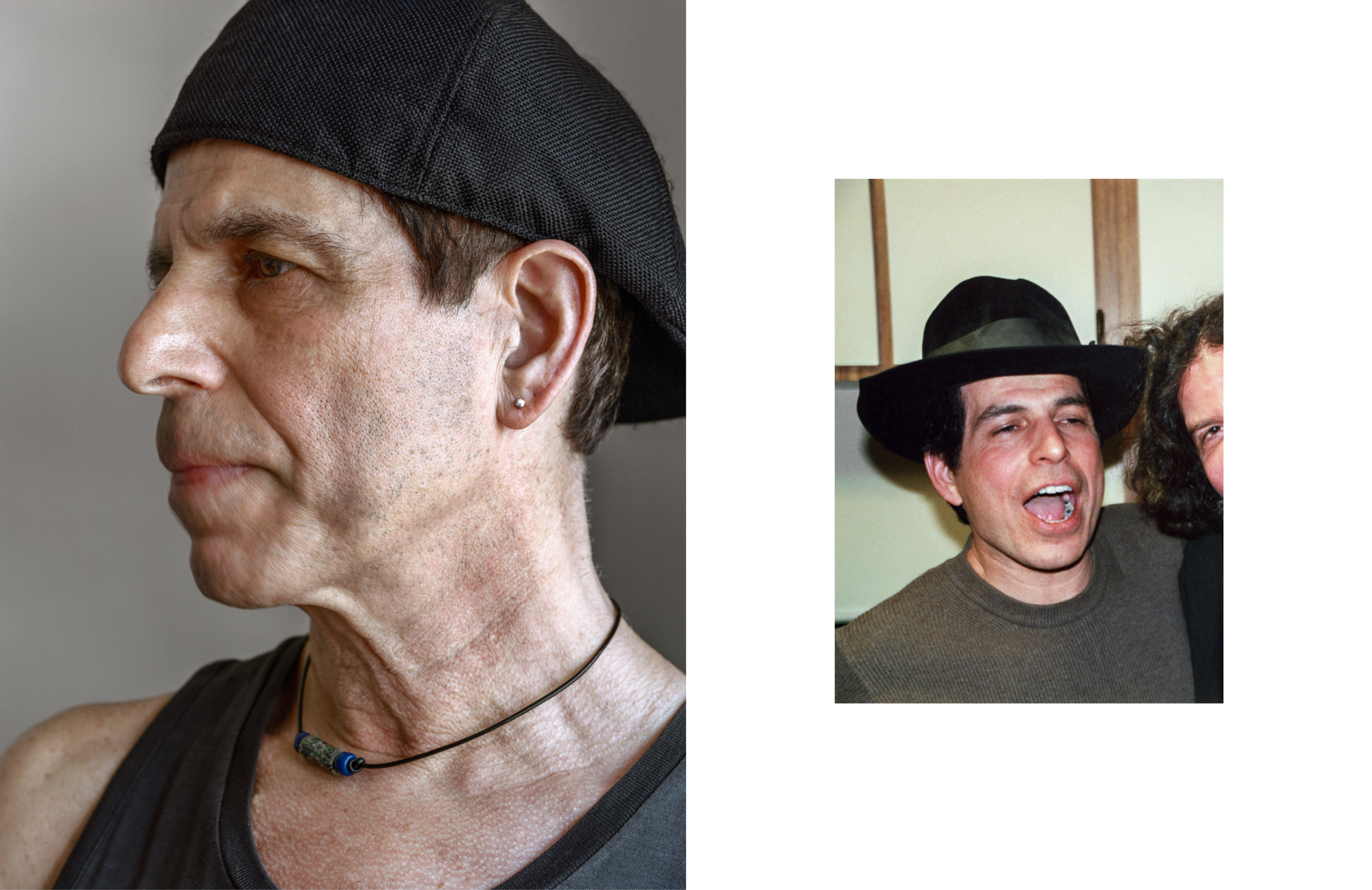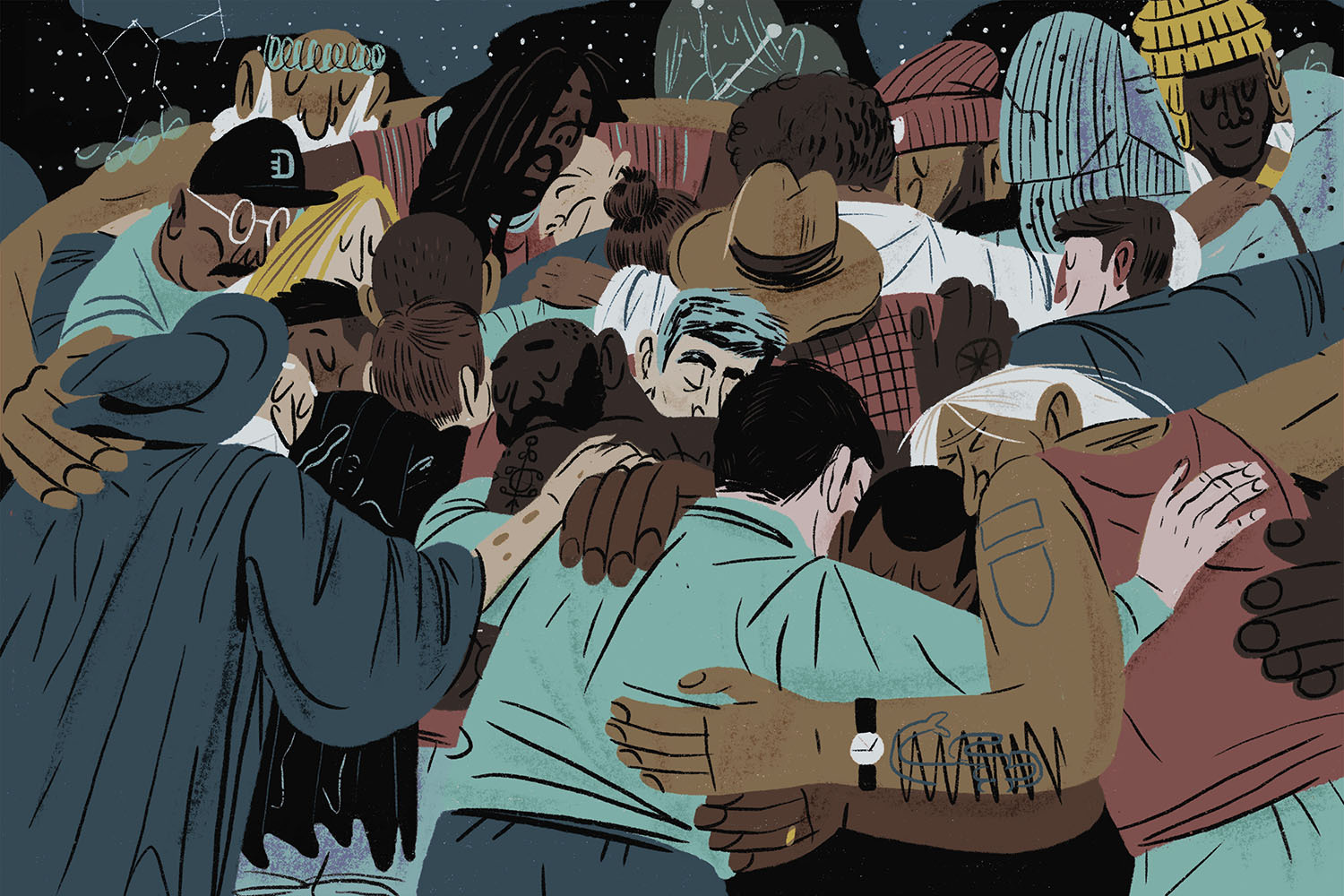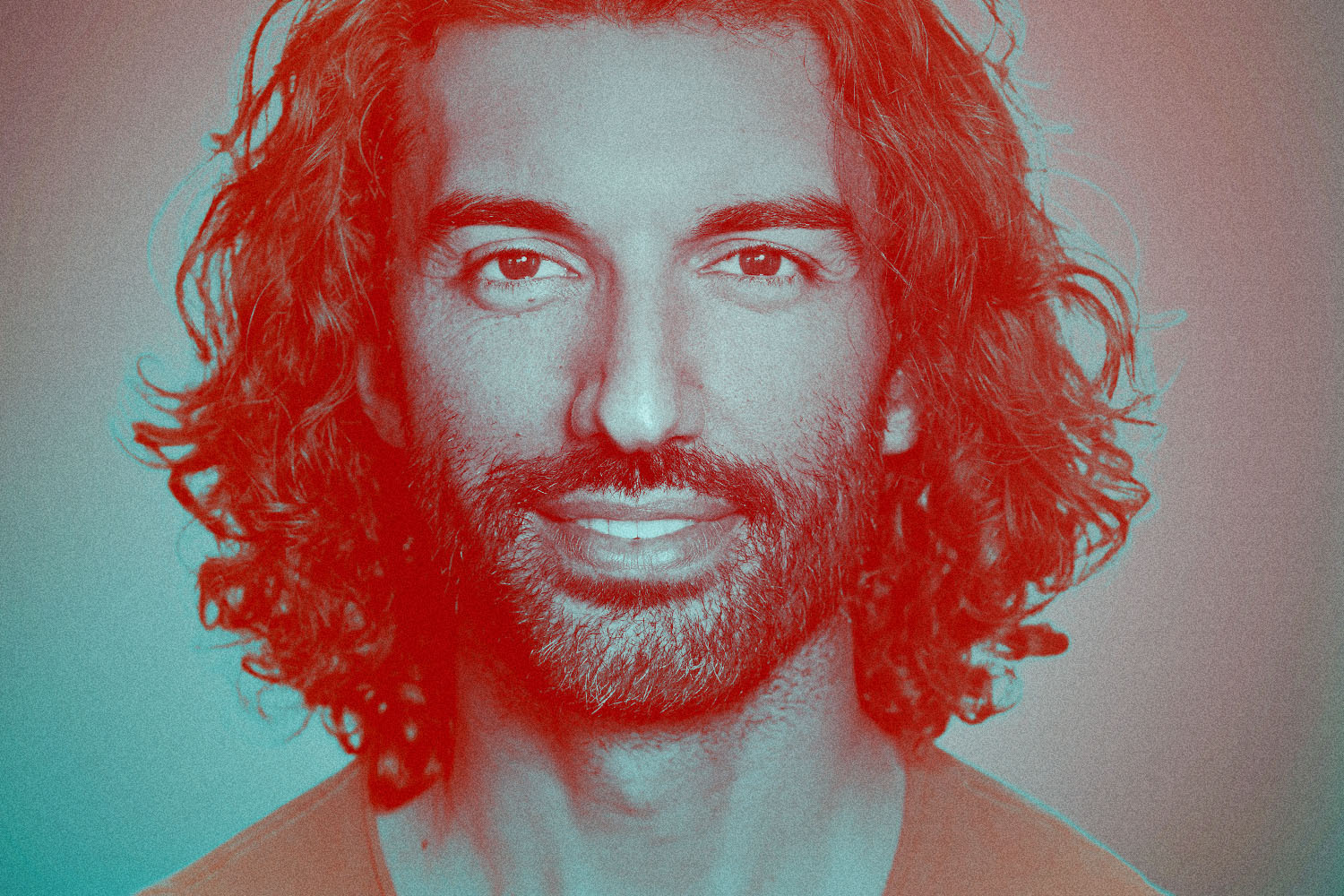Upon the release of his 2006 book Everyman, novelist Philip Roth spoke frankly to The New York Times about experiencing the death of friends.
“If you’re lucky, your grandparents will die when you’re, say, in college. Mine died when I was a schoolboy. If you’re lucky, your parents will live until you’re somewhere in your 50s; if you’re very lucky, into your 60s,” he said. “ You won’t ever die, and your children, certainly, will never die before you. That’s the deal, that’s the contract. But in this contract nothing is written about your friends, so when they start dying, it’s a gigantic shock.”
Rick Schatzberg recalls the quote as he sits across from me in a cafe on Lexington Avenue. It is a wet hot oven of a day, but Schatzberg has braved it to sit with me and tell me about his book, The Boys, a photographic memoir of sorts chronicling the nearly seven decades of friendship between himself and 13 other men from the suburbs of Long Island, New York. Alongside the collection of images, the book features Schatzberg’s own writing and recollections, as well as epistolary storytelling from emails and an essay by lauded writer Rick Moody. And while that sounds like the beginnings of a nostalgia-laden tome regaling now-romanticized eras of the past, this is by no means the case. Rather, for Schatzberg, this photography book is a meditation on aging and mortality through the lens of a most unusual collection of friends.
The cultural narratives we’re fed about men aging are often glossy and/or comedic, rarely emotional, intimate or serious; the same goes for narratives about male friendship.The trope is that men become more distinguished as they age, every one among them a Clooney. “You know, that’s true of some people, but overall, on average, it’s kinda bullshit,” Schatzberg laughs. “I mean, just look at our bellies, our skin, our scars. None of that is distinguished. It’s just, you know, we wear the years.”

There’s a lot about the experience of aging as a man that’s diminished, that’s not something we get to see, that doesn’t square up with these narratives. Similarly, when it comes to male friendships, and for those of heterosexual men in particular, there’s supposed to be a lack of emotional literacy if not a dearth of friendships entirely, let alone lifelong ones. But this of course isn’t a universal truth, for Schatzberg’s group and many others. “Obviously everything about this group of guys flies in the face of that,” Schatzberg says, a point that has been discussed in his group throughout the years, that “a group of 14 whittled down to 10 seems to be pretty unusual.”
Schatzberg began his photography project in 2017 while in grad school, as he says with a laugh, “at the preposterous age of 65.” Two friends from the group, Jon and Eddie, passed away nine months apart that year. Preserving the story of their friend group became, as critic John Berger would have said, a rescue operation. He knew he had to take pictures of them, and had begun experimenting with portraiture. With a maquette — a dummy book — due as a final project at the end of his program, the work grew from there. Initially Schatzberg was dissuaded by teachers and classmates not to include the images of his friends dating back to the mid-1960s, but they became an integral part of the final product. Working with Dutch graphic designer Syb, the joyful renderings of the past create a stark juxtaposition with the present-day portraits. Many of the older images open in a gatefold, a portrait on the right in direct conversation with a photo it slices open: a watch on a wrist, a hand on the hip of a man with a dark, shoulder-length mane in the 1970s suddenly belongs to a much older man, graying hair on face and chest, age spots dotting his face and torso, scars and skin that echo the past.

“You’re really confronted with it,” Schatzberg says. “It’s a little awkward. I wanted that awkwardness because I think that’s part of this whole story.” It’s the awkwardness of aging, of changing in front of the eyes of people you’ve known for so long, of revealing yourself to not just a friend but now an audience, of being vulnerable, of being vulnerable as a man.
These were not men who would normally be into such a thing — having their photo taken for an artistic project — Schatzberg says. But they quickly morphed from obliging an old friend to being active participants. A photographer trips the shutter, in other words, but the person on the other end still has to show up for them. They watched the arduous process of their friend making 4×5 film images, each one taking six to 10 minutes, sharing themselves with the lens and with Schatzberg. In the end the portraits are haunting and illuminating, stories as much about the past as the moment in which they were taken, acts of remembrance and documentation of the present.
“I wanted to think about aging and the physical struggle as well as the mental struggle that’s involved, and dying, as frankly as I could. I found that doing the work really was a help in just coming to terms with the realities of life rather than just saying ‘live for today’ or ‘don’t think about it,’” Schatzberg says. “No, I do want to think about it.”
It was in this way that working on the project helped Schatzberg understand his own relationship to aging and mortality. “I think you have to keep being reminded of it. So you manage to put the precariousness and the suddenness and the unpredictability of life aside and you just want to do things like go to your job and make breakfast and then you could forget. And then you hear that someone has a diagnosis, someone has died, it brings you back to reality,” he says. “I think that’s a natural thing that happens, but this is like a meditation on that, and I try to keep that somewhere in my consciousness.”
By the time the book was published, two more of the titular Boys passed away. Schatzberg’s book serves their memory, but on a larger scale also holds space for understanding the passage of time and the experience of aging and mortality among friends. This is something Schatzberg, like Philip Roth before him, now knows all too well.
And while for Schatzberg this meditation became a necessary and cathartic one, he’s now turning his eye toward another man of a certain age: his grandson, Owen, photographing him moving through the world, considering this new life through the filter of his own.
This article appeared in an InsideHook newsletter. Sign up for free to get more on travel, wellness, style, drinking, and culture.























